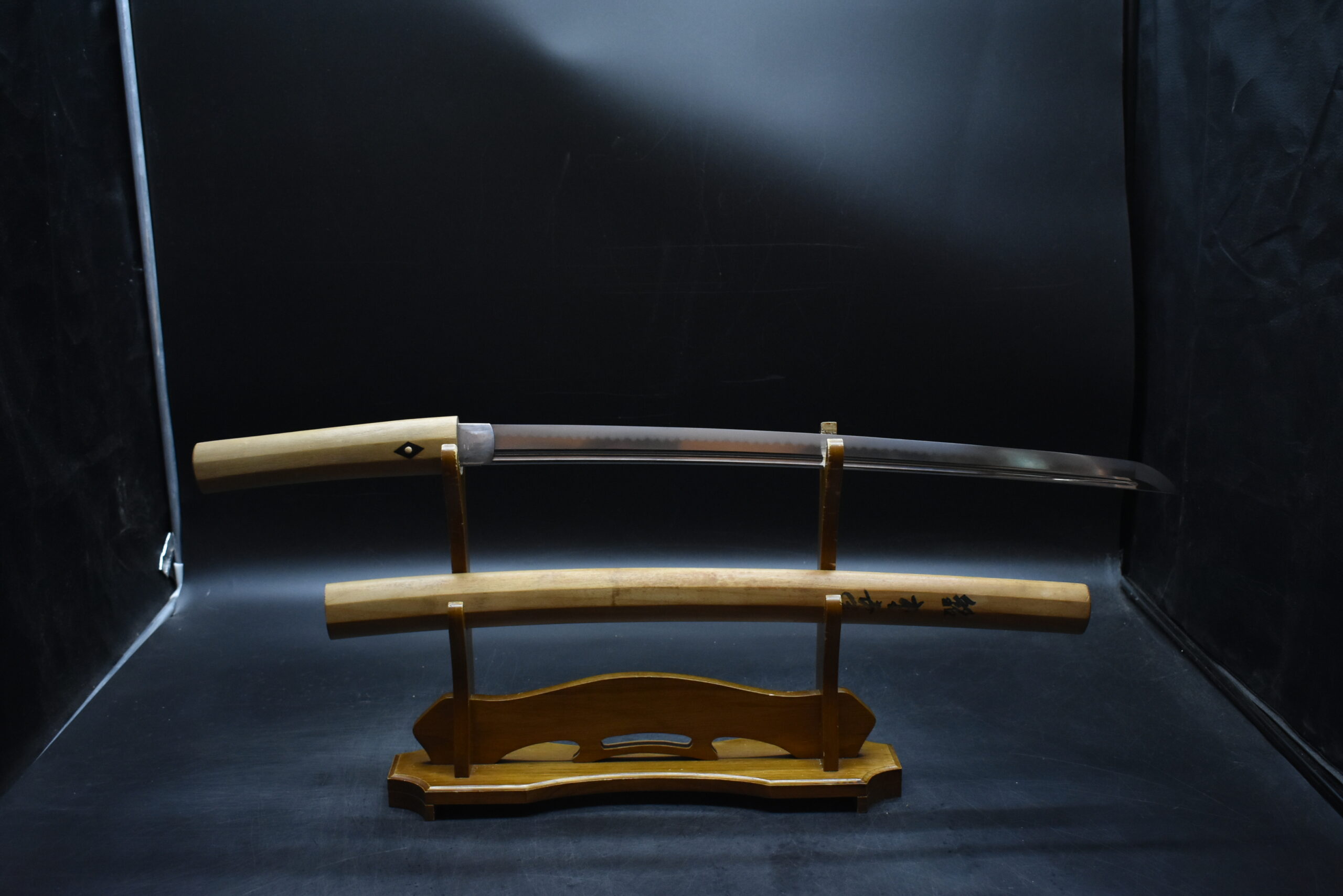Evolution of Samurai Armament: From Tachis to Kawari Helmets

Throughout the extensive period spanning from the Heian to the Meiji era in Japan, notable transformations occurred in culture and society, including the development and evolution of samurai weapons and attire. This era witnessed the transition from a predominantly feudal and militarized society to a more modern and centralized one, with significant changes in combat tactics and warrior needs.
In the Heian period (794-1185), samurais primarily wielded the tachi, a long, curved sword designed to be used on horseback. This sword, with its long and sharp blade, was ideal for combat from the rear of the cavalry, allowing for precise and powerful cuts. However, as combat tactics evolved over time, cavalry began to give way to more solid infantry formations. As a result, the need for shorter and more maneuverable swords became evident.

It was in this context that the katana began to gain popularity. With a shorter, straight blade, the katana was ideal for close-quarters combat and fighting in confined spaces. The transition from the tachi to the katana marked a significant shift in how swords were conceived and used by samurais, adapting to the new realities of the battlefield.
During the Edo period (1603-1868), the use of the wakizashi, a short sword carried alongside the katana, became more common. This sword, with its blade approximately half a meter in length, was used as a secondary weapon and was especially useful in indoor spaces and close combat situations. Samurai carried it as a symbol of their status and honor, and mastery in wakizashi handling was considered an essential skill for a competent warrior.

In addition to swords, samurai armor also underwent significant changes over the centuries. From the large yorois of the Heian period, which covered the entire body and were designed for cavalry, to the lighter and more versatile gusokus of the Edo period, there was a notable evolution in the design and functionality of these armors. Gusokus were more flexible and allowed for greater freedom of movement, making them more suitable for infantry combat and tactics prevalent at the time.

During the Edo period, there was also an unprecedented sophistication in the crafting of armor and other samurai equipment. Artisans, encouraged by relative peace and the patronage of feudal lords, created increasingly detailed and spectacular pieces, decorated with intricate designs and elaborate ornamentation. These works of art not only served a practical function but also served as symbols of status and prestige for their wearers.
A particularly striking aspect of samurai culture during the Edo period was the use of kawari helmets, distinguished by their unique and extravagant designs. These helmets, often adorned with elaborate motifs and intricate sculptures, were a manifestation of the taste for the exotic and unusual among Japanese warriors of the time. In addition to providing protection on the battlefield, kawari helmets also served as symbols of status and power for their owners, who proudly displayed them as a testament to their skill and social standing.

In our online store, you can find a wide selection of products that reflect the evolution of samurai armament throughout history. From traditional tachis and katanas to wakizashis for more confined spaces, we offer a variety of options to meet the needs of collectors and history enthusiasts. Additionally, we have a collection of armor ranging from large yorois to elaborate gusokus from the Edo period. We also offer a selection of unique and eye-catching kawari helmets known for their unusual design.
Explore our online store and discover the fascinating history and craftsmanship of samurai armament!



0 Comments